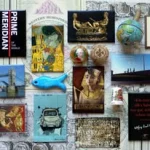I live in Vienna. I have already visited Wagenburg several times – a museum where around 60 carriages are exhibited, manufactured and used from the Baroque to the end of the monarchy. So I confess that I was quite skeptical when I learned that during my visit to the Olomouc region, we were to visit a carriage museum in a village with about 1000 inhabitants. Even the name of that village is confusing – supposedly “Čechy”= Bohemia but on the map, you won’t find it in Bohemia, but in Moravia, not far from the city of Olomouc!
However, it came true once again that one should have no prejudices. You have to go and have a look first and then form your opinion. Now I can say that the Carriage Museum in Čechy pod Kosířem truly amazed me!
Raymond Smekal’s factory for fire extinguishers used to be here. Only one building remains from the entire area, which is now the firefighter’s museum. A new building was built on the free plot of land, in which the Carriage Museum was opened in 2009.

We entered the museum through the large oak doors together with its founder, director, restorer and guide Václav Obr.

Already thirty years ago, he started looking for any remaining carriages in barns and farms; sometimes they were just wrecks that needed to be thoroughly restored. When Václav decided to build a museum, no one believed that he could do it. As he says, if you want to start any project, you need five things: desire, will, faith, hope and love. The inscription on the pavement in front of the entrance will remind you of the last three.

Today, this unique museum with an exhibition area of 2,000 m² is the largest collection of carriages of Czech and Moravian builders. However, there are also exhibits from abroad. Put together, there are 100 carriages. The amount will amaze you as soon as you step into the exhibition space. As you walk along the lane between the carriages, you inhale the scent of wood, leather and wax and marvel at the skill of the craftsmen of that time.

Each carriage is different, each one is special. Each one has its name according to the manufacturer, the city where it was made, or the way of sitting.

You will find the carriage of Baron Ringhoffer here, the founder of the brewery in Velké Popovice, which was made in 1880 in Liberec. The baron drove in it during the heyday of his brewery. Likewise, the women’s carriage Victoria, on which the seat for the coachman can be removed so that the lady herself can take the reins in her hands and enjoy a fast ride.

Another interesting object is the prince’s carriage Mylord from Prague. Or Landauer from the German town of Landau. Our enthusiastic guide Václav Obr put on white gloves and showed us how a carriage for rainy weather can be turned into a convertible on a sunny day. There is even a child seat that can be removed if the kids stay at home.

There is also a carriage of the Taroucca noble family from the nearby castle. Or a beautiful carriage with a violet coach box or a hunting carriage of the last Austrian emperor Charles I. The carriage for six men (also with a bar!) was made in 1909 by the company Josef Weigel in Brandýs nad Labem, where the archduke performed military service and came there with his wife Zita for their honeymoon in 1911.

Each object is fully functional, which is appreciated by filmmakers, too; some carriages are borrowed for filming. For example, in the film Amadeus by Miloš Forman, as well as in the Czech comedy Vampire Wedding.

However, the star of this part of the museum is the 300-year-old Golden Carriage, made around 1720 in the royal workshops of Louis XIV in Paris. Later, it was probably bought already used, transported to Vienna and, according to the fashion of the time, equipped with new painting and carving decoration. On August 27, 1747, this carriage was used by Ferdinand Julius Troyer for his ceremonial arrival in Olomouc after his enthronement as a bishop, which was also captured in the painting by the Moravian painter František Vavřinec Korompay:

The golden carriage in the museum is one of the three surviving baroque ceremonial carriages in the collection of the Olomouc Archdiocese.


The carriage is on loan to the museum from the Archbishopric of Olomouc. Václav Obr revealed to us that each generation may use it once. He did so in 2009 when Austrian director Xaver Schwarzenberger was looking for a carriage for his feature film about Empress Sisi – a functional original one since he would not be satisfied with a replica, as was the case in the old film with Romy Schneider. Only this museum was able to transport a 2.5 t heavy wagon to Vienna. It then appeared in the film as a wedding carriage for Sisi and Francis Joseph I, pulled by six horses.



However, carriages did not only accompany people at weddings, coronations and other festive and joyful ceremonies but also on their last earthly journey. The museum has the largest collection of decorated hearses. Czech and Moravian builders excelled in their production, they often used angels as well as other symbols for decoration.

And then Mr. Obr (= “giant” in Czech) showed us a real giant – the biggest horse-drawn hearse in the world! Length 7 m, height 4.8 m (when the coachman sits on the coach box, his eyes are at a height of 3.5 m!), weighs 3 tons.

6-8 horses can be hitched to the carriage. It is decorated with silver and gold leaf. The carriage was produced in the Court Factory of Václav Brožík from Pilsen around 1900, one of the most important manufacturers in Bohemia and Moravia. A pair of angels with a burning heart symbolizes warm love.

Václav Obr learned about the carriage from a visitor to the museum who told him that he had seen it in a restaurant in the town of Napajedla. The carriage was in very bad condition, its reconstruction took almost three years. It is interesting to note that the carriage was already electrified (the lanterns in the shape of buds are so high that even a very tall man could not light them, it would have been quite indecent to use a ladder). The lamps light up thanks to a battery cleverly hidden inside the carriage. The electrical distributions were designed by famous Czech inventor František Křižík.
Despite all doubts, this huge carriage was able to be transported when the filmmakers chose it for the final scene in the last episode of the co-produced Maria Theresa miniseries.

Finally, Václav Obr showed us the last carriage, which was actually the first carriage. It is a travel Landauer from Nuremberg with a few trunks on the roof. Václav bought it as a young, eager enthusiast without seeing it beforehand. Then came the shock, for the coach was in a desperate state. Everything inside was rotten and eaten away. Everything had to be torn out and redone. When they pulled out the old pillows, they found a message nailed underneath one. It was written there that this carriage was built by Jan Vodička in Prague, Wenceslas Square no. 11.
It was this modest message that became the impetus for the creation of a museum that would connect the past with the present like a bridge that would open our hearts and souls. So that the light of the carriage lanterns shines also for generations to come. If they had not found that message, Jan Vodička and other carriage manufacturers would probably have fallen into oblivion. Václav Obr still keeps that message and continues to search and collect information about Czech and Moravian carriage builders. At the end of the tour, we also looked into the restoration workshop to get an idea of how much skill is required to build or reconstruct a carriage.

It is said that you need up to 19 crafts for this (carpenters, saddlers, upholsterers, varnishers, gilders, locksmiths, etc.). Václav managed to create a team of the best, and together with them every year in July, he also organizes the international symposium Josefkol with a rich program for the audience, during which they show not only some exhibits from the museum but also the aforementioned crafts.

OPENING HOURS:
April – September: Tuesday – Sunday 10.00 – 17.00
October: weekends and holidays 10.00 – 17.00
November – March: minimum 10 persons by agreement
Contacts and more information: historickekocary
More information about interesting places in the Olomouc Region: ok-tourism

Čechy pod Kosířem, okres Prostějov, Olomoucký kraj, Stredná Morava, 798 58, Česko
Text: © Copyright Ingrid, Travelpotpourri
Fotos: © Copyright Ingrid, Travelpotpourri

 TRAVEL
TRAVEL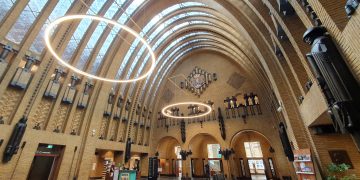
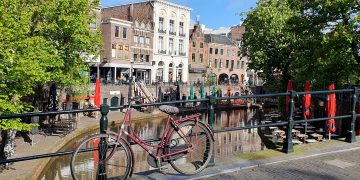

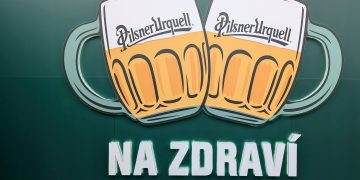
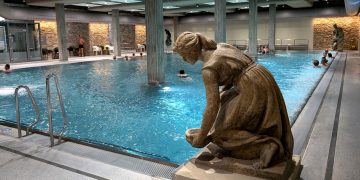

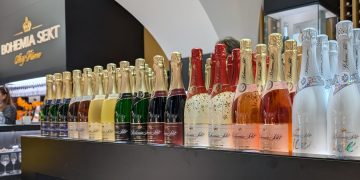
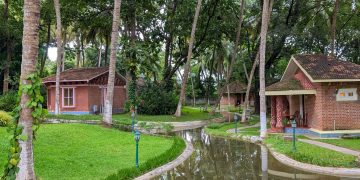
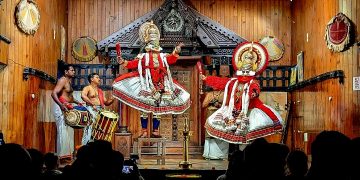
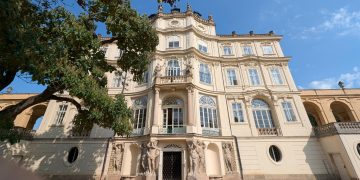
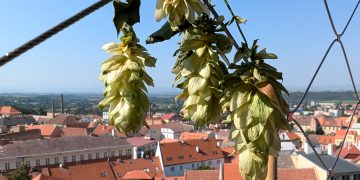

 RECIPES WITH A STORY
RECIPES WITH A STORY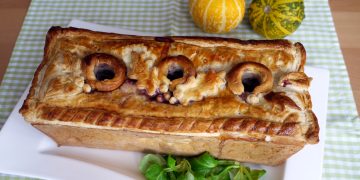
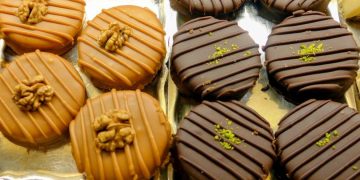



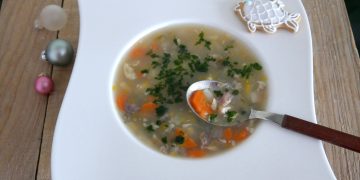




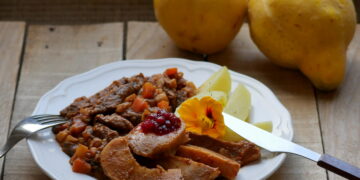
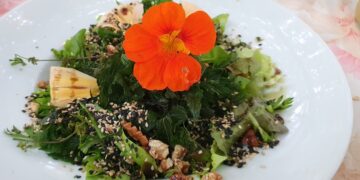
 AUSTRIA-VIENNA
AUSTRIA-VIENNA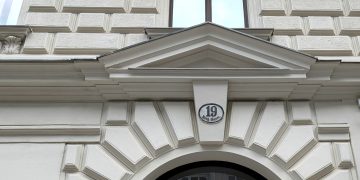
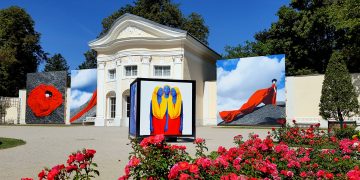
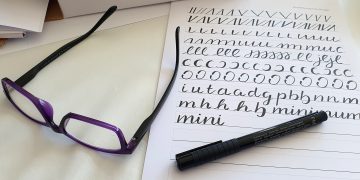
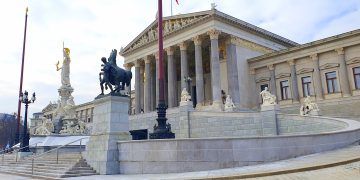
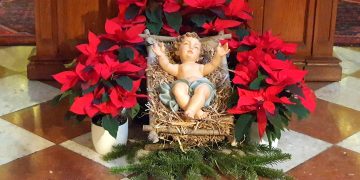
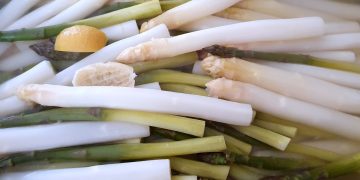
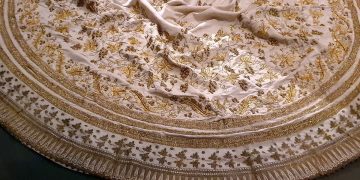
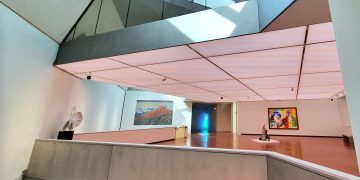
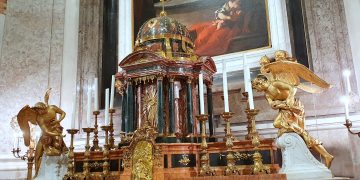

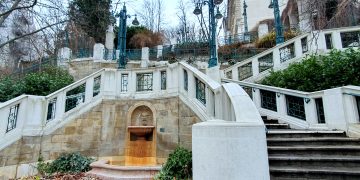

 SLOVAKIA-BRATISLAVA
SLOVAKIA-BRATISLAVA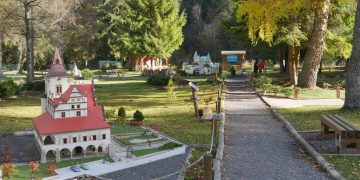
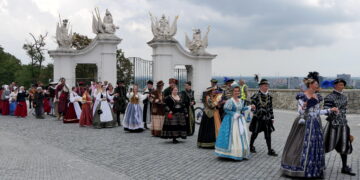

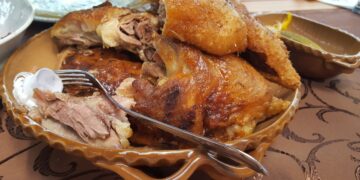
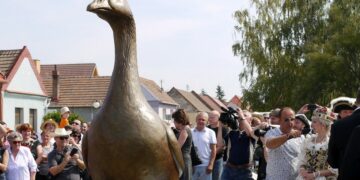
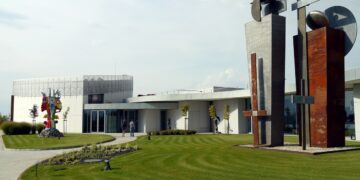
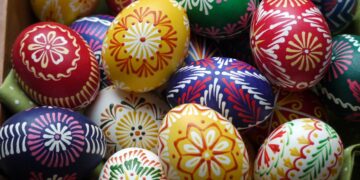
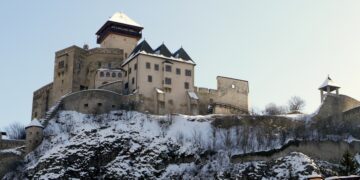
 EVENTS
EVENTS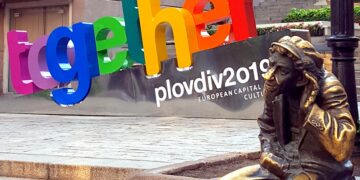
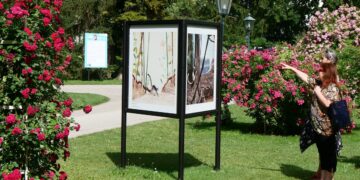

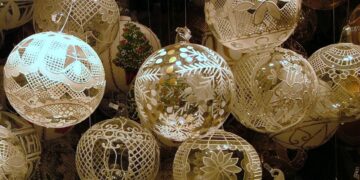
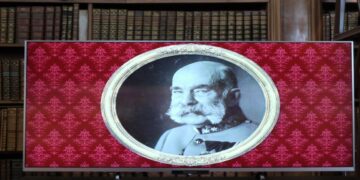
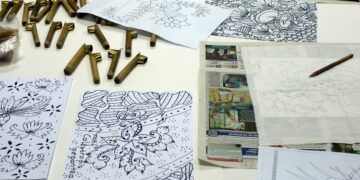
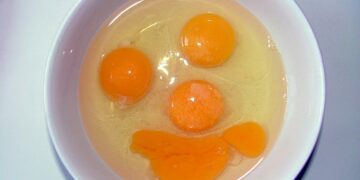

 INTERVIEWS
INTERVIEWS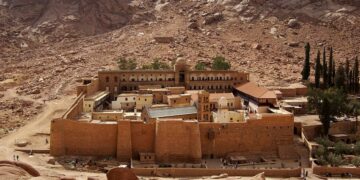
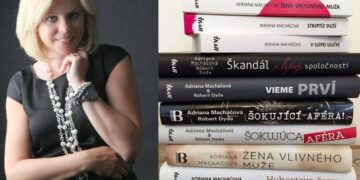
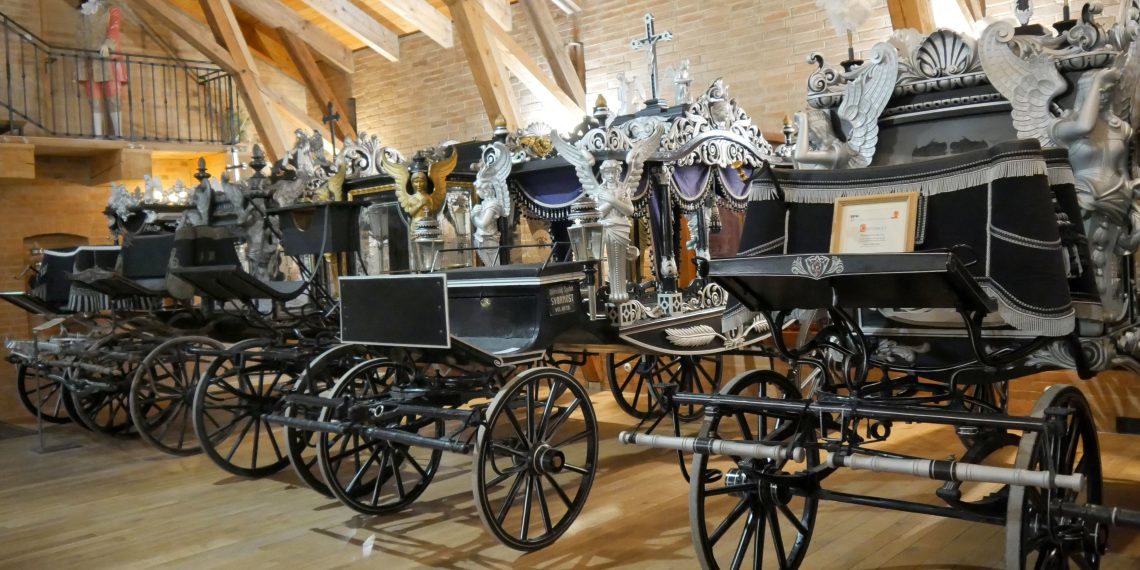





 Visit to the Open-Air Museum in Krňovice
Visit to the Open-Air Museum in Krňovice 3 Reasons to Take a Trip to Monte
3 Reasons to Take a Trip to Monte 

